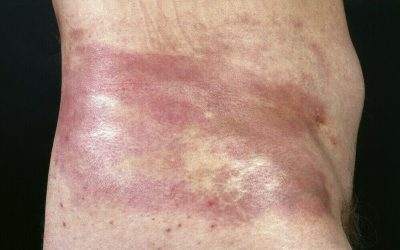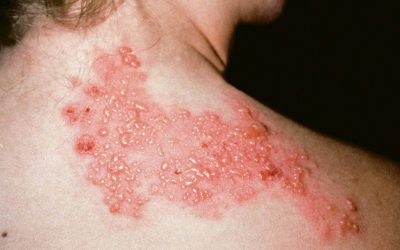Peeling skin syndrome
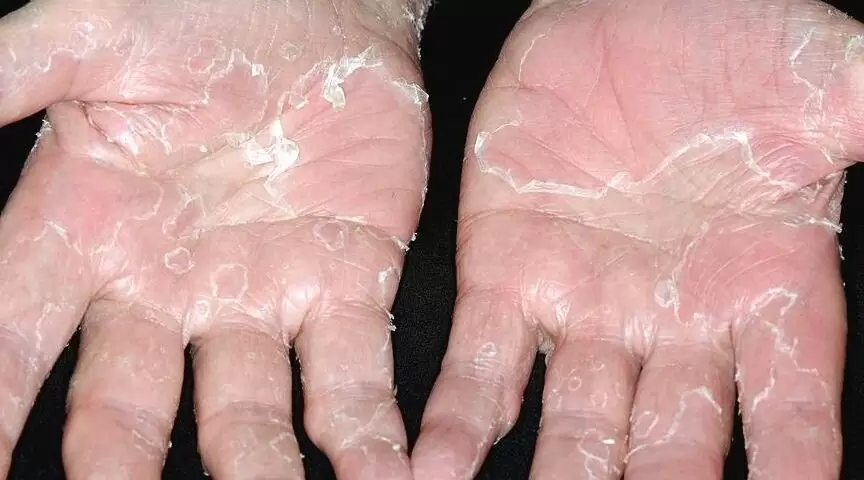
- the disease appears from birth or in the first year of life
- lasts a lifetime
- a very rare disease that, according to available data, affects men and women equally
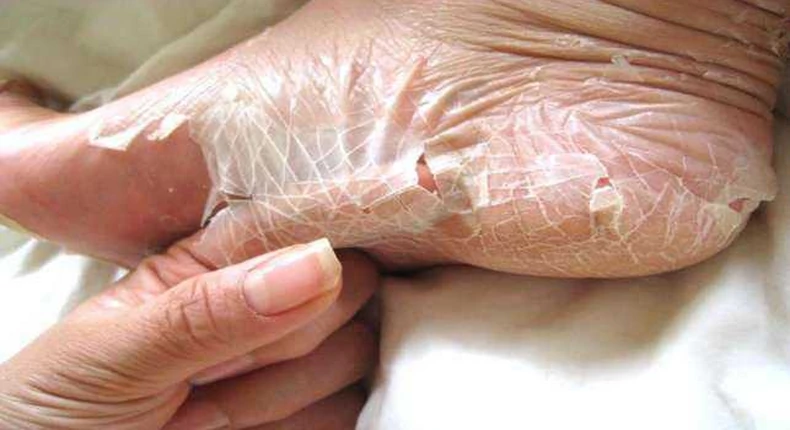
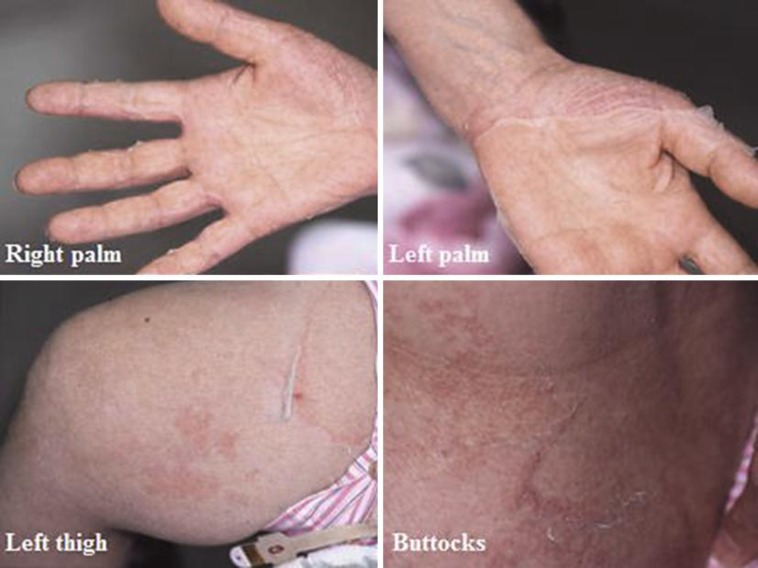
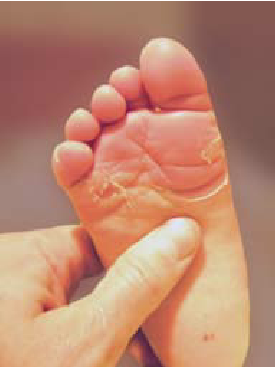
It occurs most often:
- constant skin peeling, flaking
- there is no soreness or unpleasant sensations when peeling the skin
- the skin is dry
- the skin may become scaly, reminiscent of fish skin
- peeling can be triggered by sunburn, sweat, mechanical damage, etc
Localization
possible skin changes on the whole body or only on the extremities
- in the case of a widespread form in the newborn, other immune system and metabolic disorders often appear together, which often results in the patients not surviving
- in the case of a localized form, the lesions can be of very different degrees, so some affected individuals remain undiagnosed
other related changes:
- short height
- disturbed puberty
Diagnostics
Patient survey and examination data are very important for diagnosis. However, a skin biopsy is required to confirm the diagnosis, and blood and urine tests can also help.
Treatment
The Dermatologist tailors a personalized care approach for each individual. This includes broad strategies like safeguarding the skin from harm or irritation.
The treatment may involve a range of hydrating lotions, topical applications that aid in skin renewal, oral medications to support skin health, and occasionally, treatments to manage allergic reactions.

Chilblains (Pernio)
Chilblains (Pernio)Chilblains (Pernio) is a pathological skin condition characterised by reddening or bruising of the skin caused...
Localized scleroderma
Localized sclerodermaLocal scleroderma (Latin: morphea) is a rare, chronic inflammatory sclerosing connective tissue disease...
Shingles (Shingles)
ShinglesShingles is a viral disease caused by Varicella zoster and characterised by a painful herpetic rash in groups along a...


